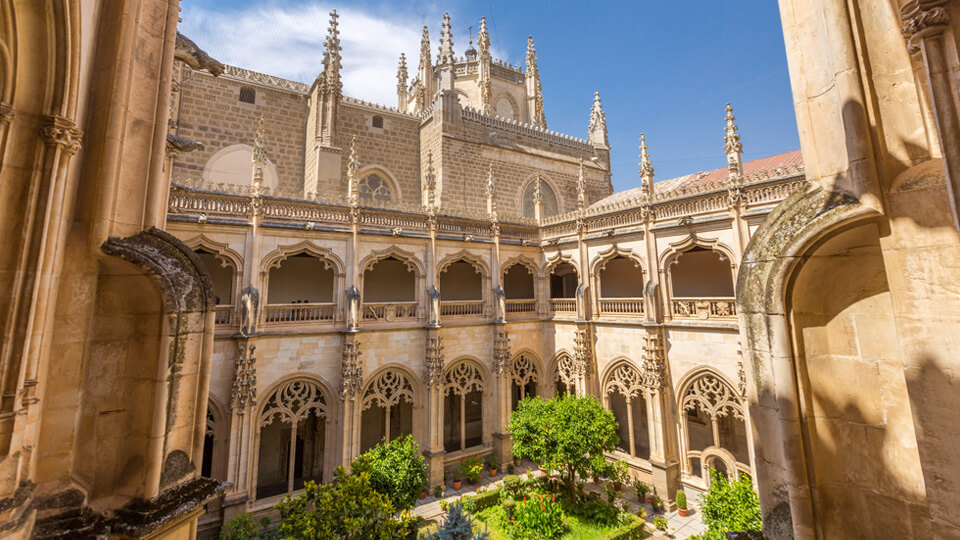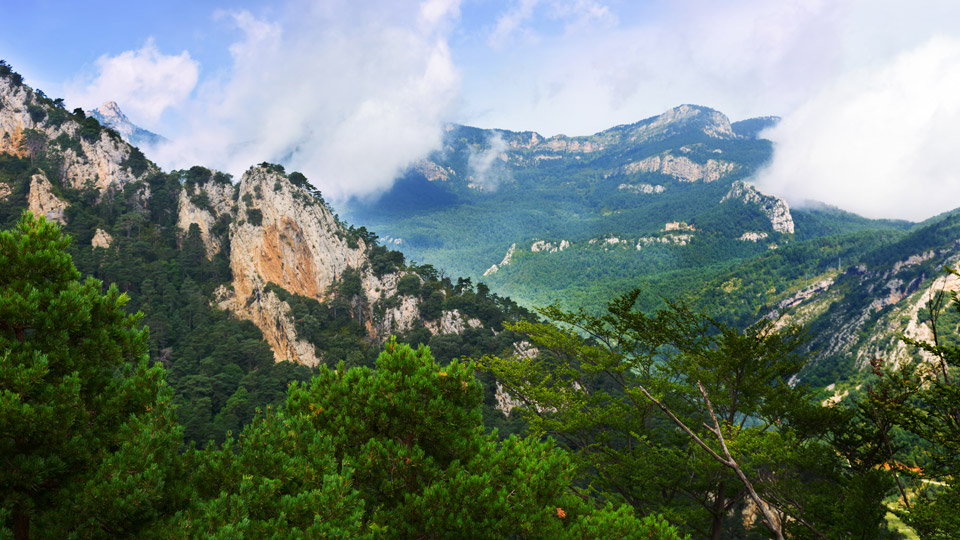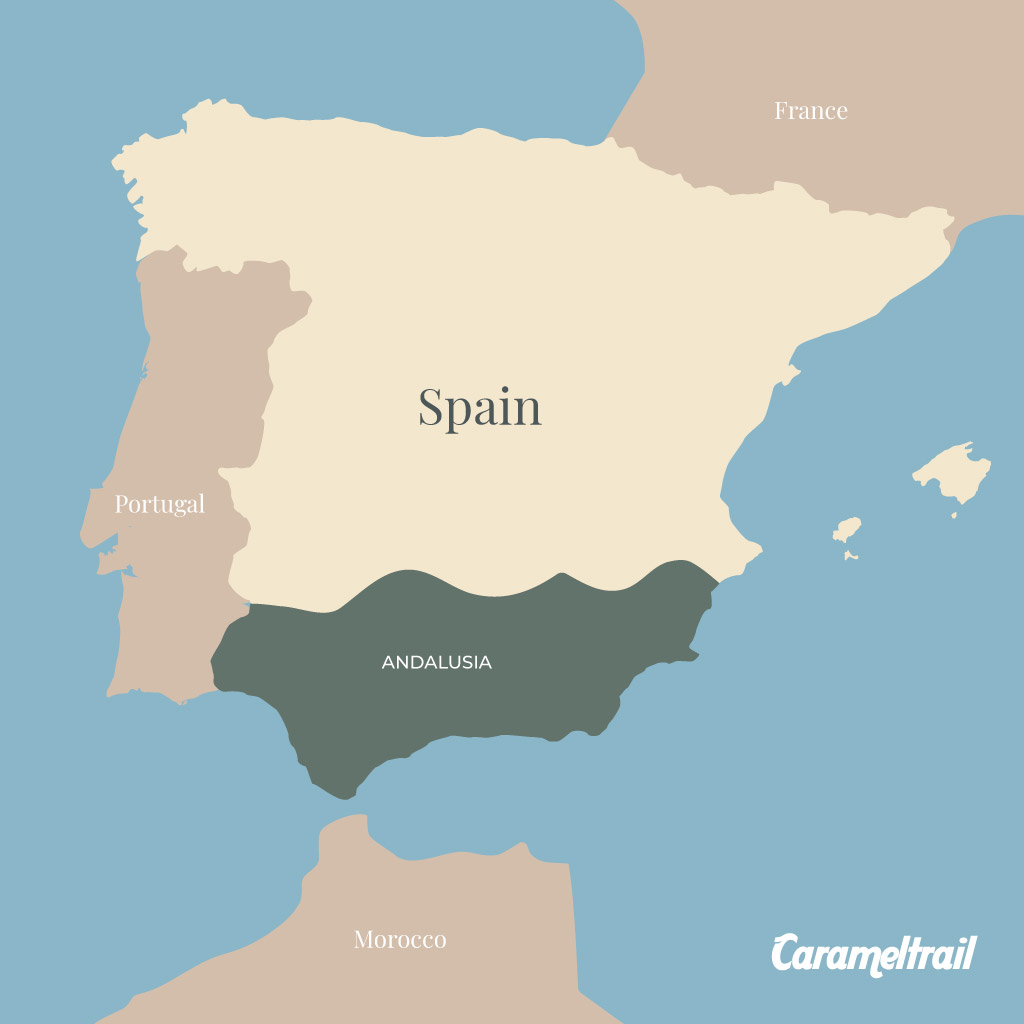
Bullfighting in Spain: Bull Farm & Bullfighting History Tour
Let us take you on a journey into the world of bullfighting. Join an exciting and fascinating trip that revolves around the art of bullfighting and gives you an in-depth understanding of this art. Come and experience the Andalusia countryside life!
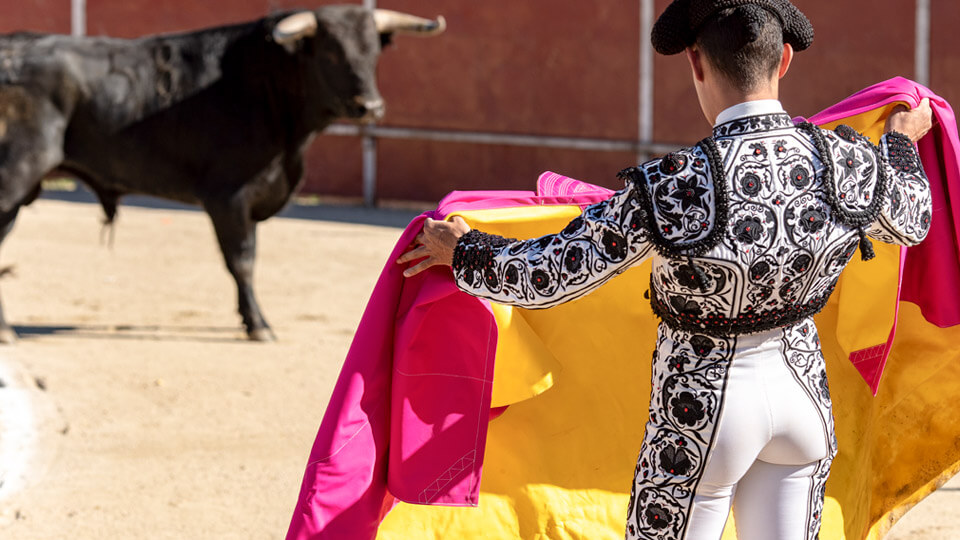
JOIN OUR BULLFIGHT TRIP FROM SEVILLE SPAIN
You will visit a bull farm or attend a bullfight, and these experiences will bring you closer to the world of the bullfighters. Because bullfighting is a seasonal activity, visiting a bull farm can be the perfect experience if you want to learn about it.
We will join you on a tour starting from Seville and heading South towards the “Ruta del Toro” (route of the bull). This is a unique way to learn about the history, traditions and the importance of the names in the bullfighting industry.
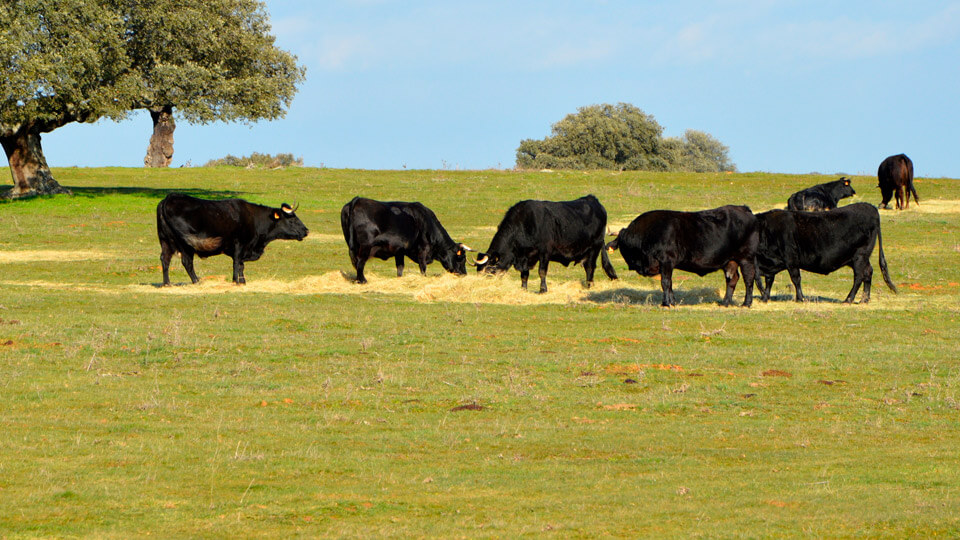
WHAT IS BULLFIGHTING
Bullfighting, Spanish la fiesta brava (“the brave festival”) or corrida de toros (“running of bulls”), Portuguese corrida de touros or French combats de taureaux, is the national spectacle of Spain and many Spanish-speaking countries. During the show a bull is ceremoniously fought in a sand arena by a matador and usually killed.
Bullfighting is also popular in Portugal and southern France. Besides, a kind of bullfighting is popular in Korea, Japan, and some countries of the Middle East, but this form pits bull against bull.
The Spanish word for bullfighting is corrida de toros that can be literally translated as “running of bulls”.
A bullfight is always held in a round-shape arena or venue called plaza de toros.
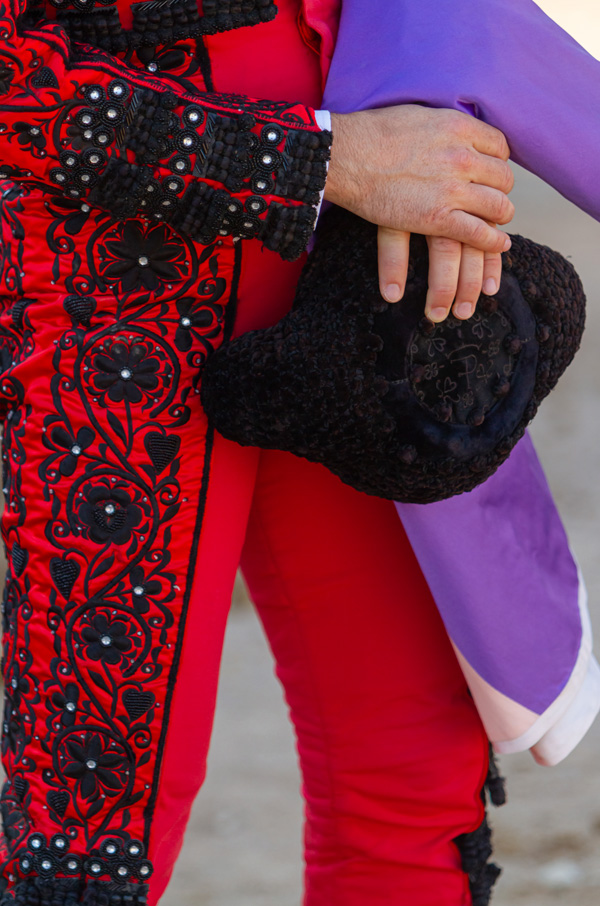
Some bullfighting history (Origins and early forms)
Bullfighting’s exact origins are lost in history, though the spectacle seems to have many antecedents. Historians have long debated the weight to give to these various influences, and, there is a counter voice discoursing on the bull cults of ancient Mesopotamia or highlighting the prenuptial bull-taunting ritual common in medieval Spain.
What is likely the case is that modern bullfighting hails from many influences, rituals, and cultures, many of which are thousands of years old. The excavations at Knossos on the island of Crete, for example, have revealed ancient Minoan frescoes (c. 1500 BCE) depicting games with bulls in which young people are shown grabbing the animals’ horns and vaulting over them.
BULLFIGHTING IN SPAIN
Despite the debate, bullfighting remains a popular attraction in several places across Spain. Foremost among these are Madrid, Seville and Valencia. On the other hand, some former hotspots such as Barcelona no longer host the sport.
Bullfighting in Spain is an iconic tradition in which 3 toreros have to fight 2 bulls each and, ultimately, kill them. So, if you decide to attend a bullfight, you’ll see a total of 6 fights.
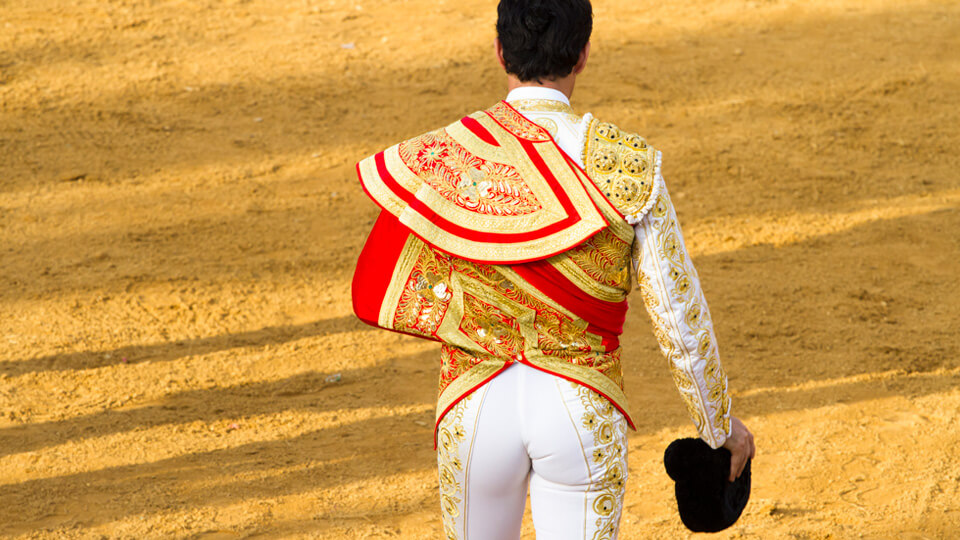
The peak season for these fights every year is from March/April to September/October, during which you can merely find one to attend somewhere every week. The highlights on the bullfighting calendar include Holy Week and Easter (Semana Santa and Pascua in Spanish), plus local festivals such as the Feria de Julio and Las Fallas (Valencia), San Isidro and the Feria de Otoño (Madrid), and the Feria de Abril (Seville). Tickets can usually be bought in advance directly from the bullrings.
Bullfighting is the most traditional of Spanish Fiestas
A HISTORY OF SPANISH BULLFIGHTING
Bullfighting can be traced back to the ancient days. They were popular spectacles in ancient Rome, but it was in the Iberian Peninsula that these contests were fully developed by the Moors from North Africa who overran Andalusia in AD 711.
Bullfighting developed into a ritualistic occasion observed in connection with feast days, on which the conquering Moors, mounted on highly trained horses, confronted and killed the bulls.
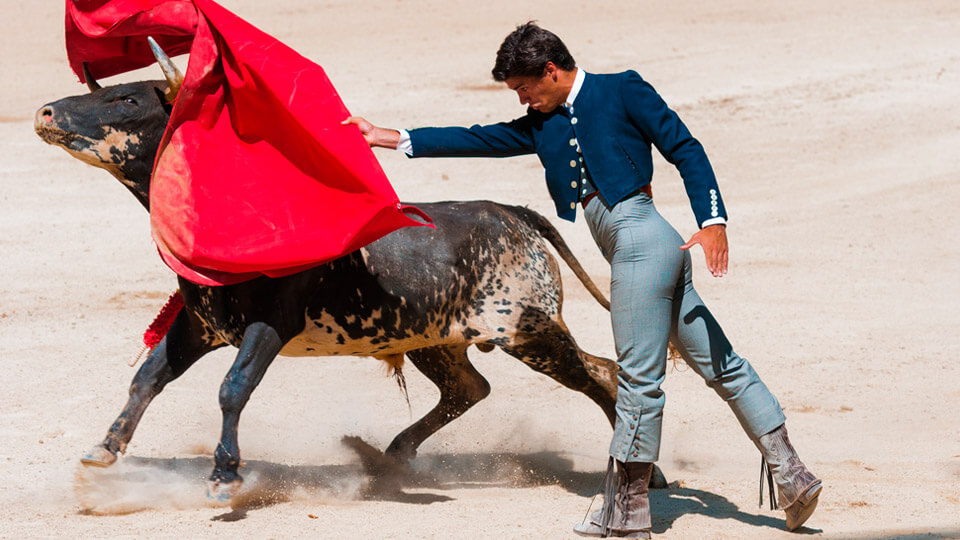
SOMETHING ABOUT THE BULLFIGHTING ARENA
Here is an interesting thing: bulls are never used a second time in the corrida. This is because their memory is remarkable, and former experience would make subsequent fights too dangerous for the matadors to execute their graceful cape work, which is the main reason fans come to the bullfighting arena.
The size of the arena floor never varies more than a few yards, but those at higher altitudes are smaller than those at sea level to help compensate the altitude fatigue.
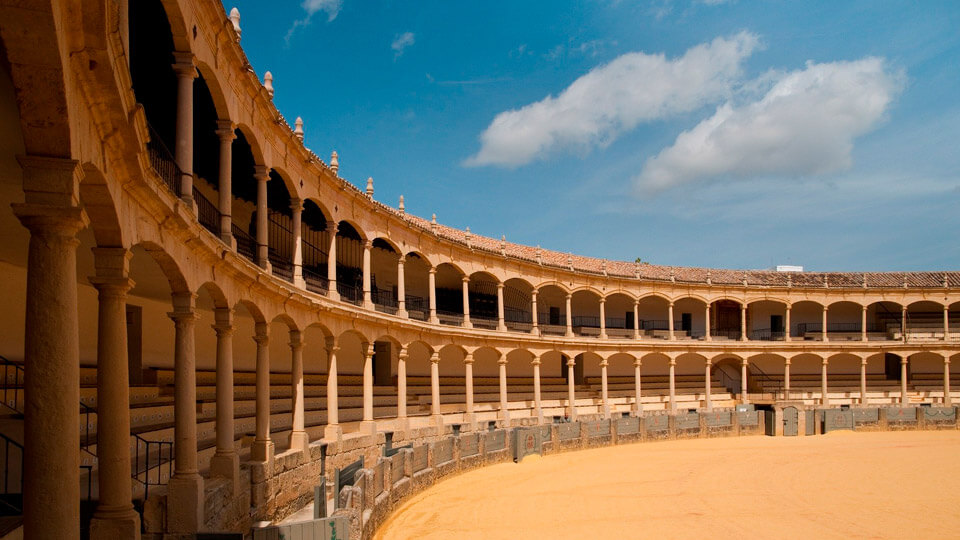
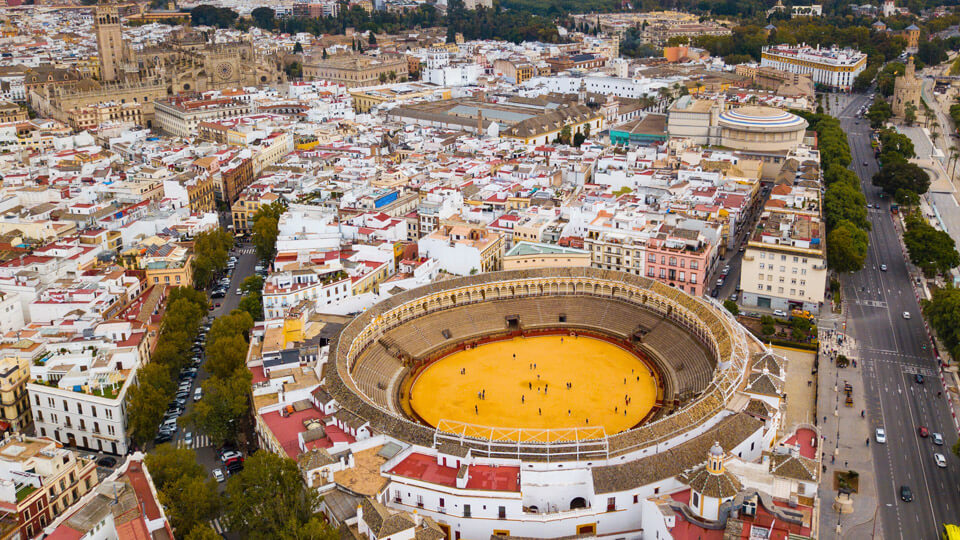
WHAT IS A BULLFIGHTER CALLED?
There are several words in Spanish that can be used to refer to a bullfighter. In Spain, where fights on foot still take place, bullfighters may be called a number of things depending on their role in the corrida and their place in the hierarchy. Matador, matador de toros, torero, picador, rejoneador, banderillo, subalterno, and novillero are all words that can be used to describe a bullfighter, although they are certainly not interchangeable.
When in doubt, you can use the word torero, as it is a general term that is appropriate for anyone who participates in this sport in Spain.
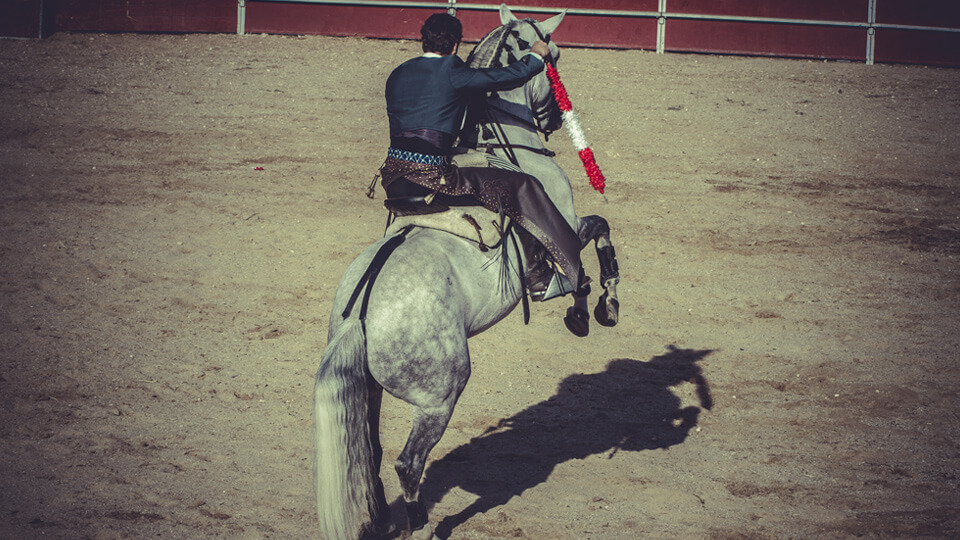
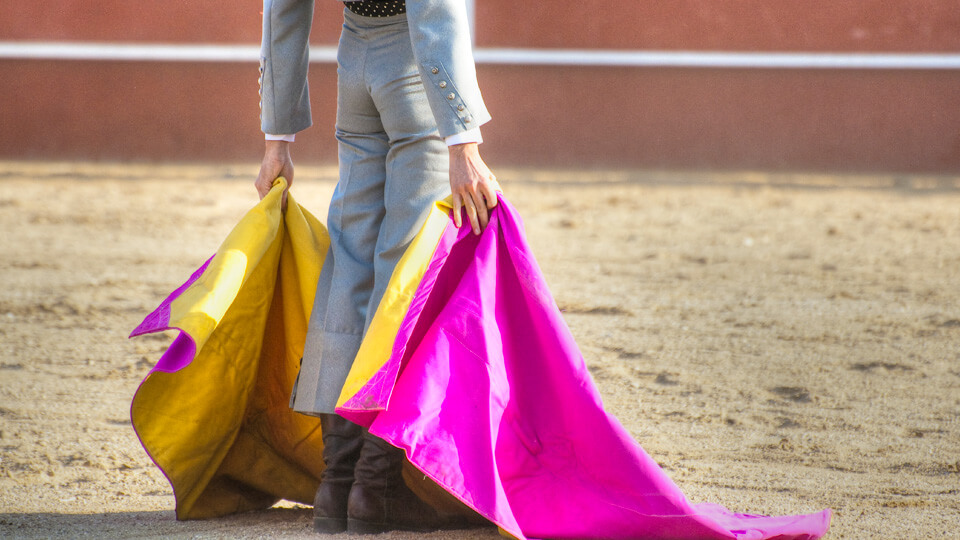
SOME FAMOUS BULLFIGHTERS
Many historic matadors have worked hard to become the best that they can be, so if you’re a male aspiring to be a matador then the names bellow should give you inspiration.
Ernesto Pastor, Carlos Arruza, Antonio Ordóñez, José Gómez Ortega, Guillermo Capetillo, Cayetano Rivera Ordóñez, José Ortega Cano, Manolete, Paquirri or Francisco Rivera Ordóñez are among the most notable ones.
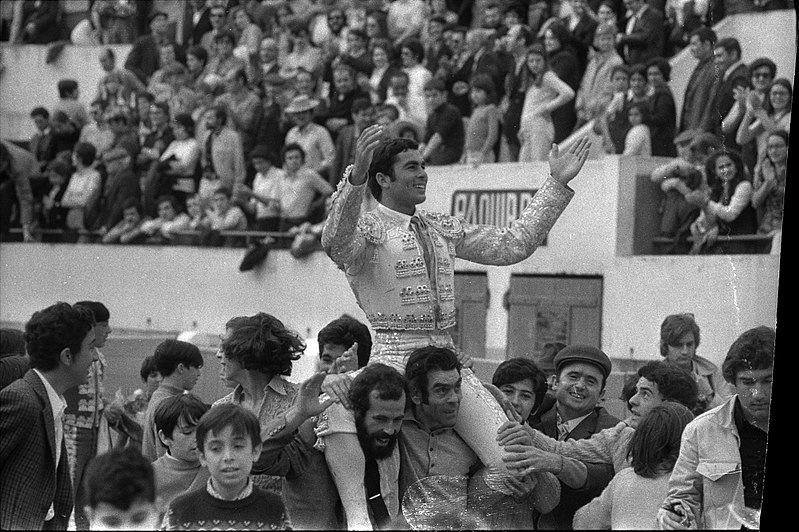
Photo: This photograph is part of the Fonds André Cros, preserved by the city archives of Toulouse and released under CC BY-SA 4.0 license by the deliberation n°27.3 of June 23rd, 2017 of the Town Council of the City of Toulouse.
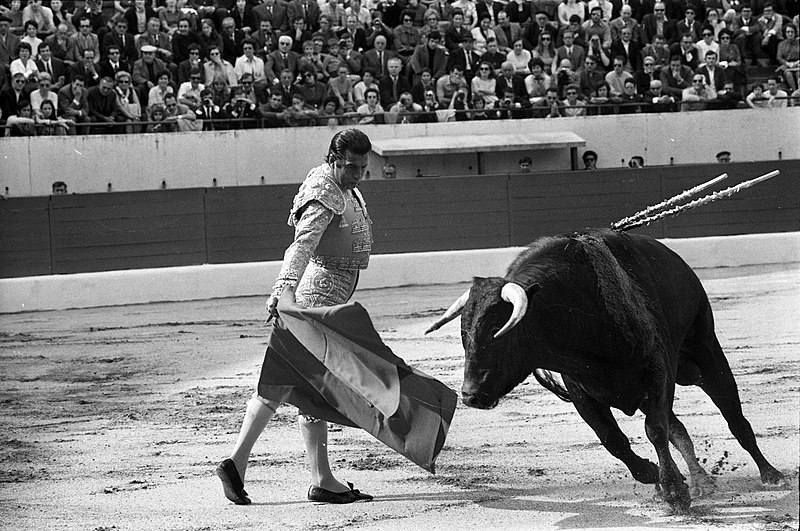
Photo: This photograph is part of the Fonds André Cros, preserved by the city archives of Toulouse and released under CC BY-SA 4.0 license by the deliberation n°27.3 of June 23rd, 2017 of the Town Council of the City of Toulouse.
OLE BULLFIGHTING
Olé is a word that has made its way into pop culture, especially sports, and has spread around the world. Conventions on when you can use “olé” vary slightly from country to country, but in Spain, you can generally say it anytime you are impressed by somebody’s performance.
Today, this word is often heard at bull fights, football matches, and in Flamenco dance shows, as a way to cheer and motivate the torero, team or dancer.
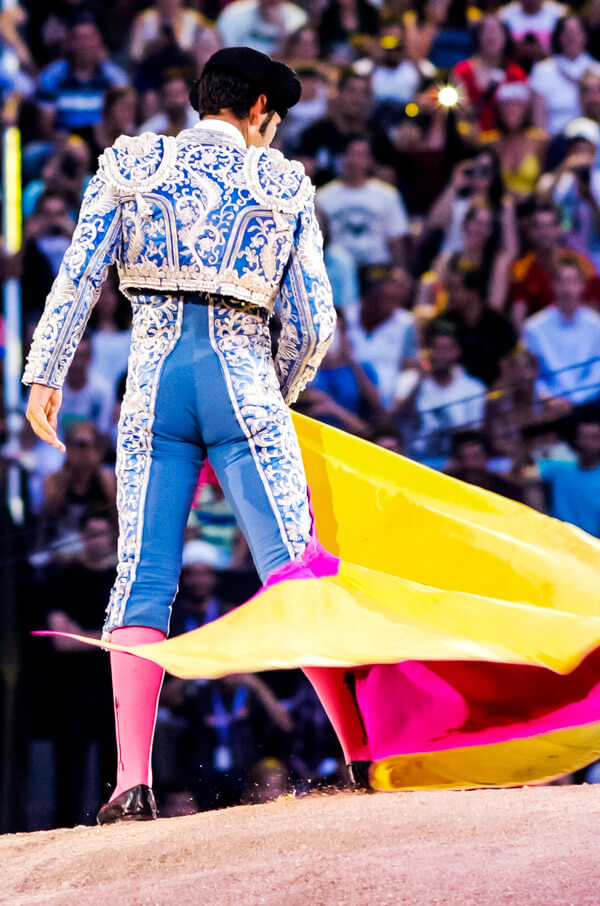
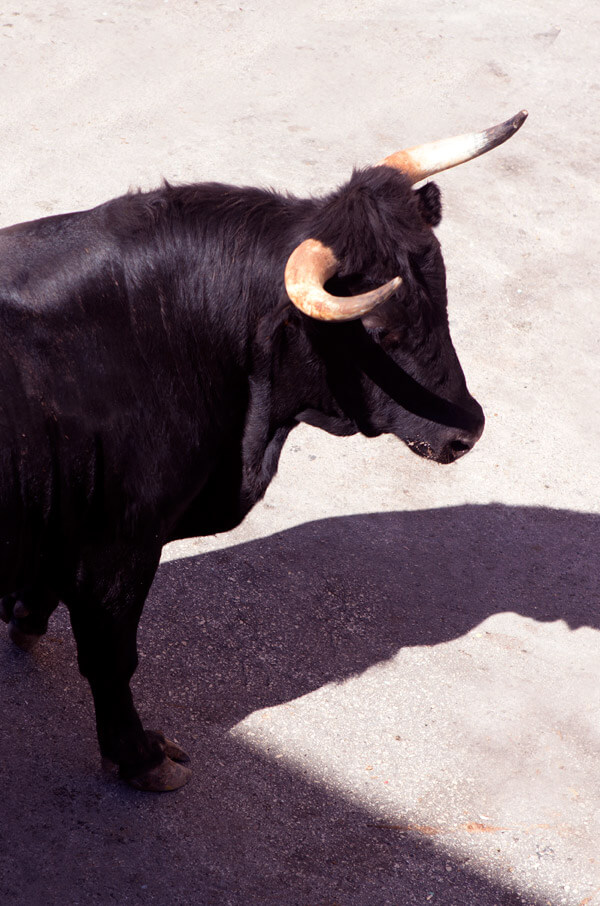
TRY SOMETHING DIFFERENT: A BULLFIGHTING HISTORY TOUR
Nowadays bullfighting is a subject of controversy in the Spanish society, but it is still part of our culture. This is the main reason why we offer the chance of learning the art of bullfighting with the help of our team of professionals.
Our local experts will accompany you and explain all the secrets of bullfighting, step by step. From the different weapons a bullfighter uses, the best spot to choose in the arena, the movements of the capote or the meaning of different colored handkerchiefs used, you will discover it all.
This is a once in a lifetime experience!


